#ChevroletSilverado
GM to Stop Sales of Silverado and Sierra for Roof Splitting Issue
General Motors is one of the largest pickup truck manufacturers in the world, with its Chevrolet Silverado and GMC Sierra two of its more popular models. While the most recent iterations of the two full-size pickups are more refined and tech-forward than previous generations, the 2024 models appear to also have a problem with their roofs splitting.
The Chevrolet Silverado EV Will Apparently Not Have a $40K Base Price
Our corporate colleagues at AutoGuide have scanned the Chevrolet Silverado EV first drives and noticed something -- the truck is almost certainly not going to have the previously promised price of $39,900 before destination fees.
Used Car of the Day: 1987 Chevrolet Silverado K10
Here's a blast from the past -- I grew up around trucks like this. Today's UCOTD is a 1987 Chevrolet Silverado K10.
California Farmer Drove His Chevy INto a Levee - To Prevent Flooding
Desperate times lead to desperate measures. Faced with insane precipitation and flooding, some California farmers are going all out to protect their crops, one of which released a video on Twitter showing their efforts.
2022 Chevrolet Silverado LT Review: Finally, They Got It Right
Over my years in the auto industry, one thing has been made abundantly clear: Truck buyers are loyal. Sure, the occasional fluctuation will occur, but for the most part, Ford buyers will buy another Ford when the time comes, and the same with Chevy, GMC, Ram, and Toyota.
Why, then, do the truck makers keep redesigning? Beyond incorporating new technologies for improved performance, safety, and efficiency, there’s always a risk of alienating their base customers when reaching for conquest sales. Chevrolet did that a few years ago with the Silverado, revealing a truck with an interior that was not nearly as nice as the rest of the industry. The good ship Bowtie has been righted with the 2022 Chevrolet Silverado, thankfully, as even on this LT trim the passenger accommodations have been vastly improved.
Rare Rides: The 2003 GMC Yukon 2500 XL, a Quadrasteer Experience
Today’s Rare Ride coverage was prompted when your author saw an unusual pickup truck on the roads of Cincinnati. The truck in question was a black Sierra Denali from the early 2000s, with a telltale feature on its rear fenders: little lights on either side. Let’s talk Quadrasteer.
Quantum Leaps - 1999 Chevy Silverado EV2
In 1996, General Motors unveiled the first modern electric car: The EV1. Built to prove that GM could satisfy California’s then-new zero-emissions regulations, the EV1 was a quick, efficient, electric two-seater that could be plugged into a standard 110 outlet. By all accounts, the car was well-loved by its owners lessors, but wasn’t profitable enough for GM to make a business case for the development of an EV2. GM halted production after the 1999 model year.
What if they hadn’t stopped there, though? What if, instead of cancelling the EV1, GM had decided to build on everything they’d learned about EVs and doubled down on it, using economies of scale to drive down costs to a level that could have been profitable? What if they had a platform that they already knew they were going to make hundreds of thousands of, every year, standing by at the ready? And, finally, what if that platform had been sturdy enough to carry around an extra thousand pounds of battery without breaking a sweat?
They did, and the 1999 Chevrolet Silverado EV2 is the story of GM dominance that never was.
2022 Chevrolet Silverado Addresses Previous Critiques, Adds ZR2 Trim
The full-size truck race is competitive, and one can’t afford to fall too far behind.
After a few years of hearing criticisms concerning the Silverado, and how it’s not as stylish as the Ram 1500 or well-done as the Ford F-150, Chevrolet has unveiled an updated truck, with the intent of blunting those critiques and getting back in the game.
Any Takers? Chevrolet Previews Rear-Wheel Steering on Silverado EV
With Ford currently enjoying the brunt of the all-electric pickup coverage, General Motors needed to something to help highlight its Silverado EV and come up with rear-wheel steering. It’s something the upcoming electric F-150 will lack and could give the Chevy some advantages when moseying around a cluttered construction site or tight urban landscape.
In addition to a tighter turning radius, rear-wheel steering should also help the Silverado EV tackle trailers with a more ease. There are few things more terrifying than feeling the load you’re pulling start trying to have its way with the back half of your vehicle. Having the back wheels pivot to account for sway could be another big advantage Chevrolet could lean on once its electric pickup is going head-to-head with Ford’s.
Chip Shortage: GM to Remove Stop-Start Tech From Trucks
Despite hearing murmurings that the semiconductor shortage is about to turn a corner, General Motors has recently decided to begin manufacturing full-size pickups without the sometimes obnoxious automatic stop-start feature (intended to improve fuel economy) as a way to cut back on chip usage.
While this saves many the trouble of having to manually deactivate the system each time they return to the vehicle, some will undoubtedly miss having it. Those traversing the countryside or racking up highway miles during their daily commute have little to gain from the feature. But testing has revealed that city dwellers constantly exposed to stop-and-go traffic actually have an excellent shot at lowering their fuel bill. The vehicles GM has selected can do without start-stop technologies reflects this, though the compensation it’s offering remains laughable.
Buy/Drive/Burn: The Cheapest Full-size Trucks in America for 2021
Buy/Drive/Burn returns today with another “cheapest of” installment, the latest in a series that’s seen us cover sedans, midsize trucks, and most recently some convertibles.
And today we’re discussing the cheapest full-size trucks on offer in 2021.
GM Recalling Nearly 6 Million Vehicles Over Eternal Takata Scandal
As sure as the sun rises in the morning, we can always count on the Takata airbag recall adding new vehicles to its ranks. General Motors is poised to add another 5.9 million vehicles to the list after the National Highway Traffic Safety Administration issued an announcement on Monday.
Regulators stated that the automaker will be obligated to recall SUVs and pickup trucks (GMT900 vehicles) manufactured between 2007 and 2014 because the installed airbag inflators suffer from the classic Takata trait of being extremely dangerous. While the defect itself is relatively rare, the number of vehicles involved is staggering. Around 100 million inflators have been recalled by 19 major automakers around the world, and the resulting failure is often devastating. Units, especially those exposed to high levels of heat and humidity, can rupture ― causing an explosion that sprays metal fragments all over the cabin. There have been 18 known fatalities relating to the issue in the United States alone.
Chevrolet Silverado Multi-Flex Tailgate: Here It Is
Chevrolet teased it last week, and now it’s here: The Multi-Flex tailgate that will be available on the 2021 Chevrolet Silverado.
In other news, towing capacity is upgraded.
No word on a new interior, though.
Chevrolet Has Big Truckin' News - A New Tailgate Awaits
I spent the first part of this morning out of the office, putting miles on a test car before it went home. When I returned to my desk and caught up on emails, I saw one from Chevy PR labeled as a teaser for 2021 Chevrolet Silverado news.
Report: Chevrolet's Colorado ZR2 to Gain Big Brother?
If the current vehicle landscape tells us anything, it’s that Americans have never gone so far afield, well beyond the reach of pavement, in as many numbers as they do today. How else to explain the emergence of so many off-road focused pickups and SUVs? Road infrastructure maintenance costs should decline in the coming years as new vehicle buyers blaze their own trail to the office and supermarket.
Watch out, nature.
Or maybe people just like the ability to do such things. Whatever the reason, the list of brush busters grows by the year, and might soon include a new entry from Chevrolet.

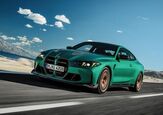

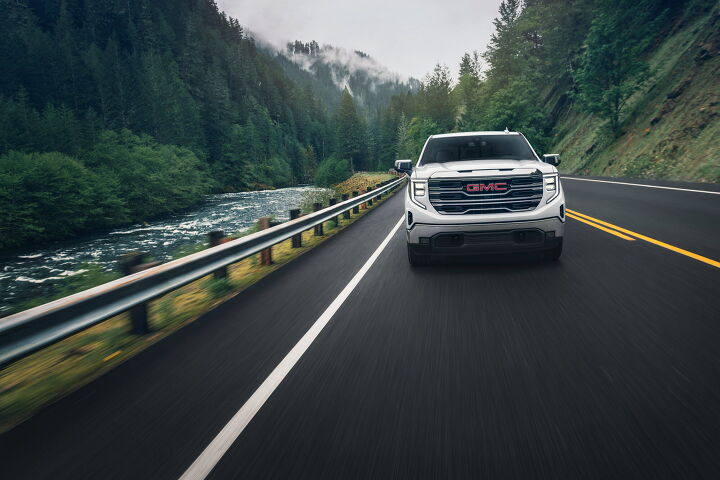

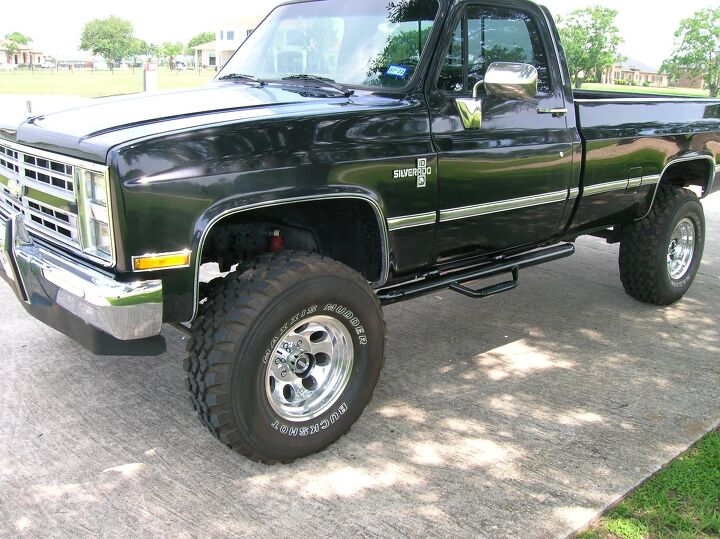

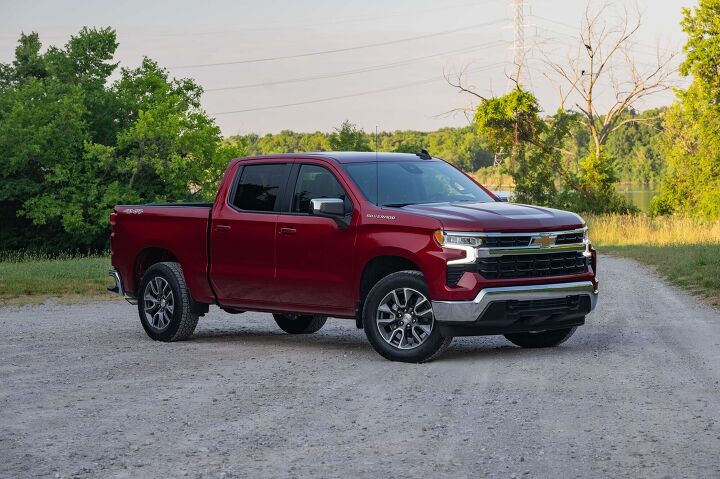
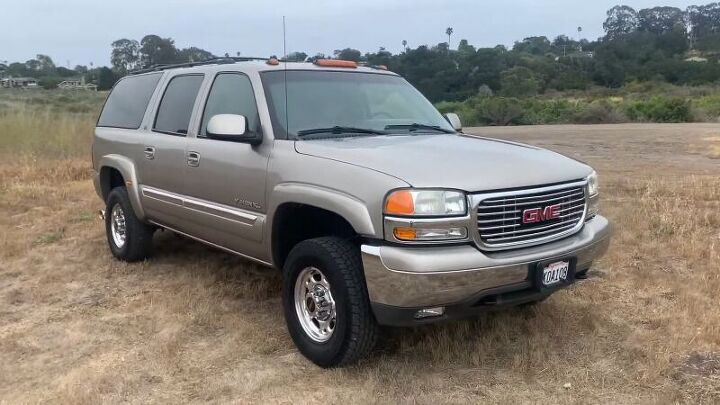

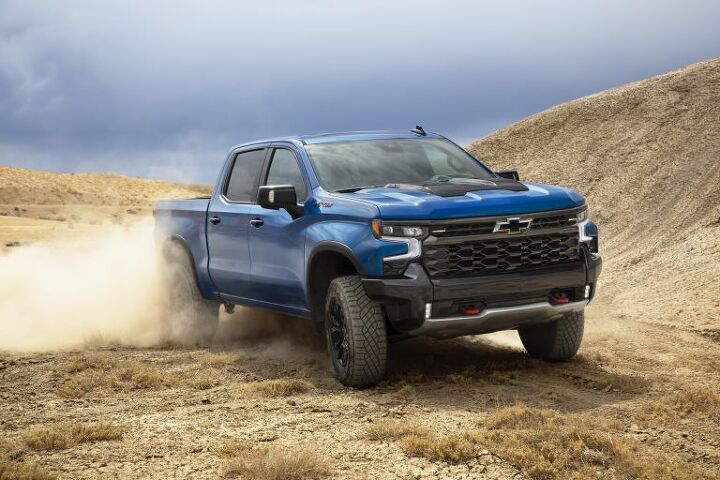

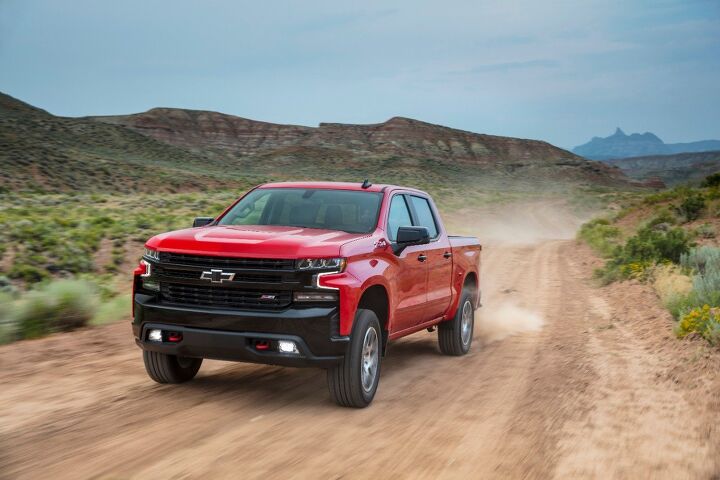
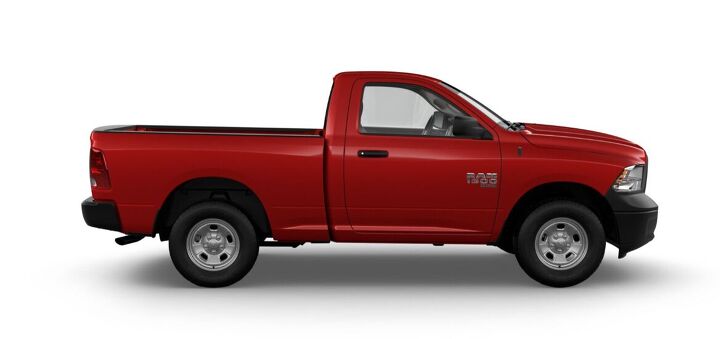


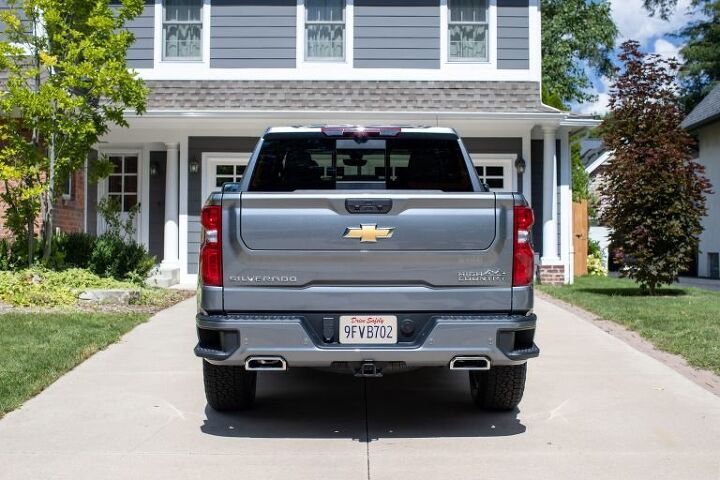
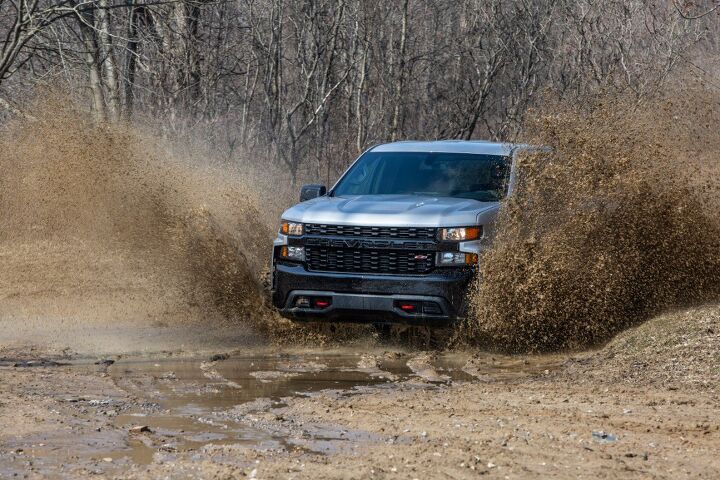












Recent Comments